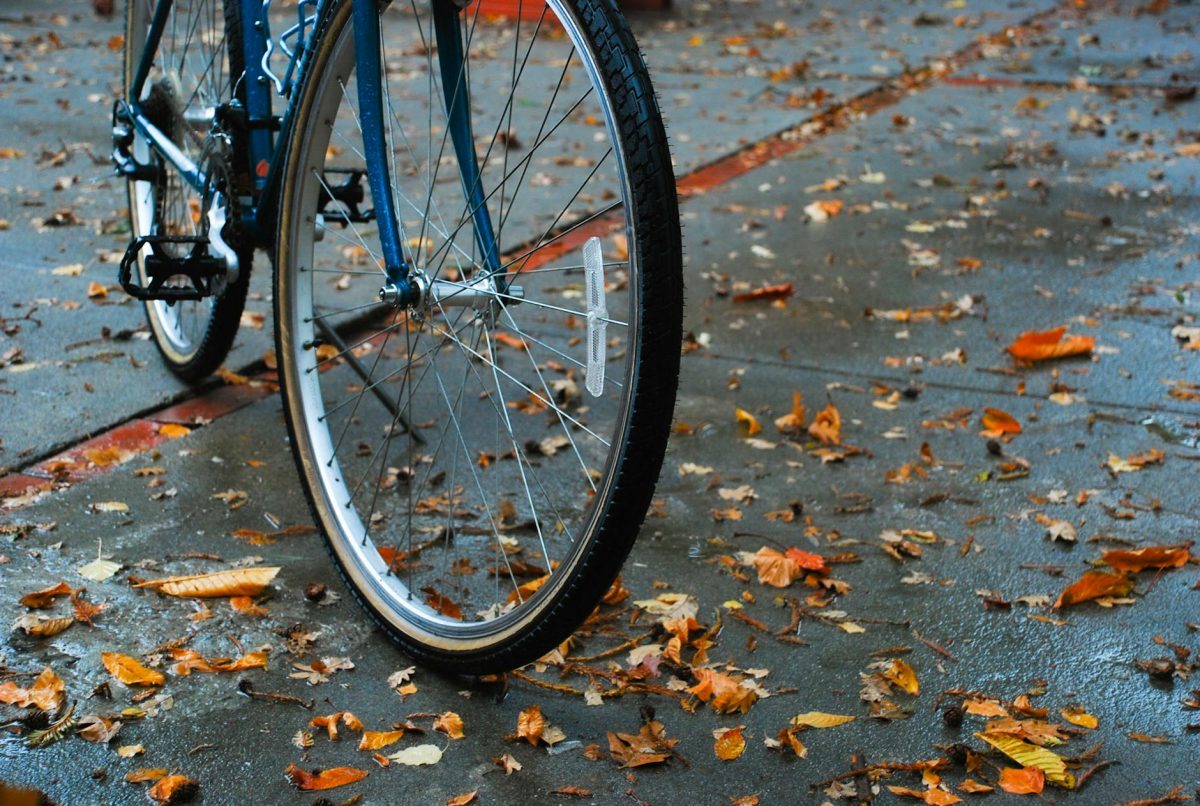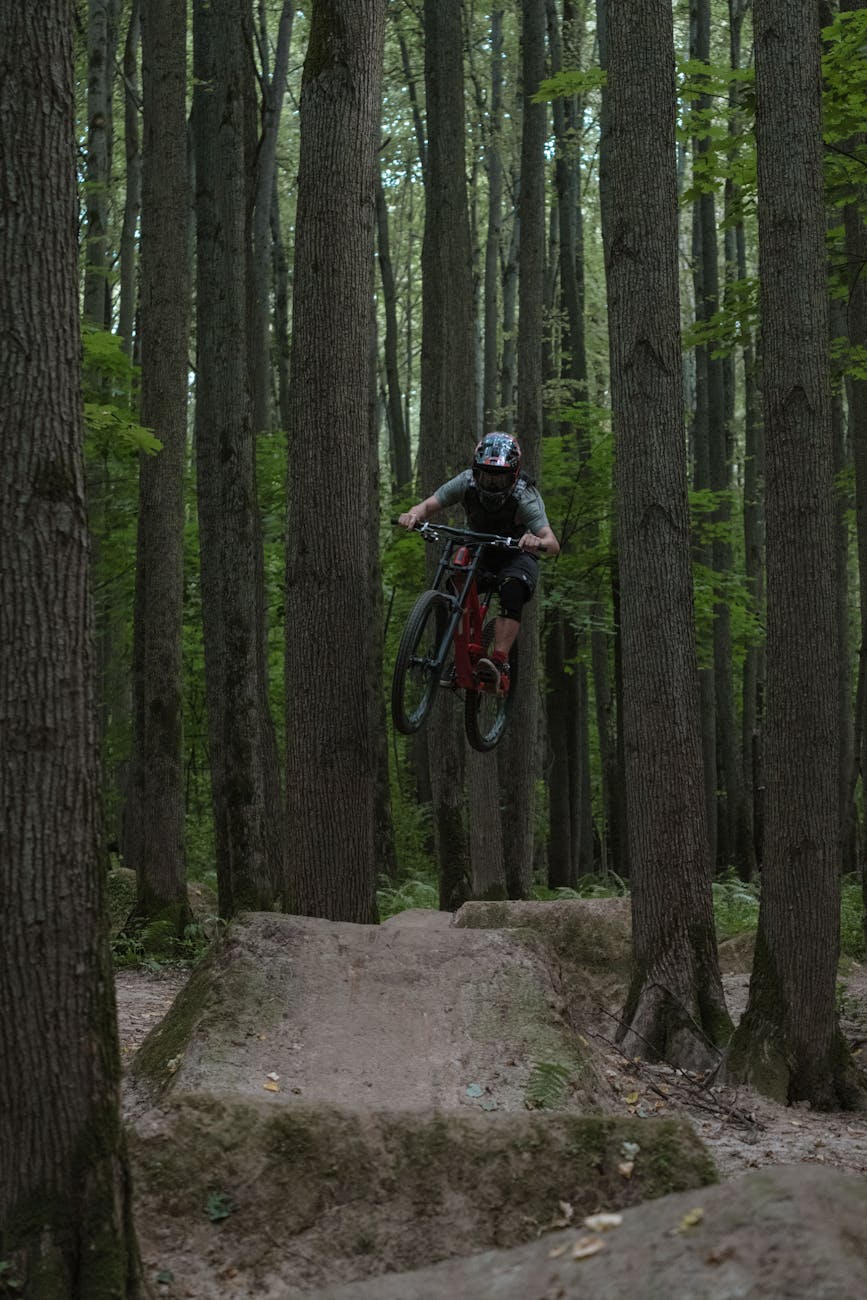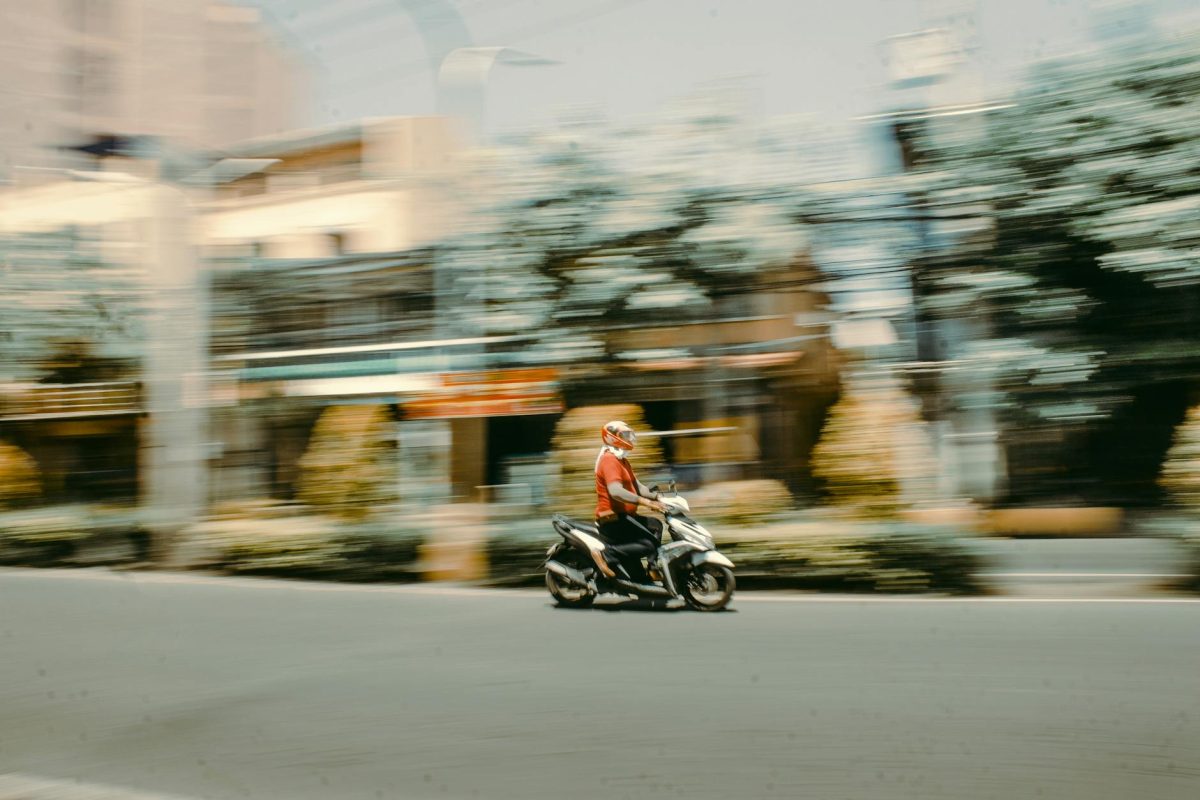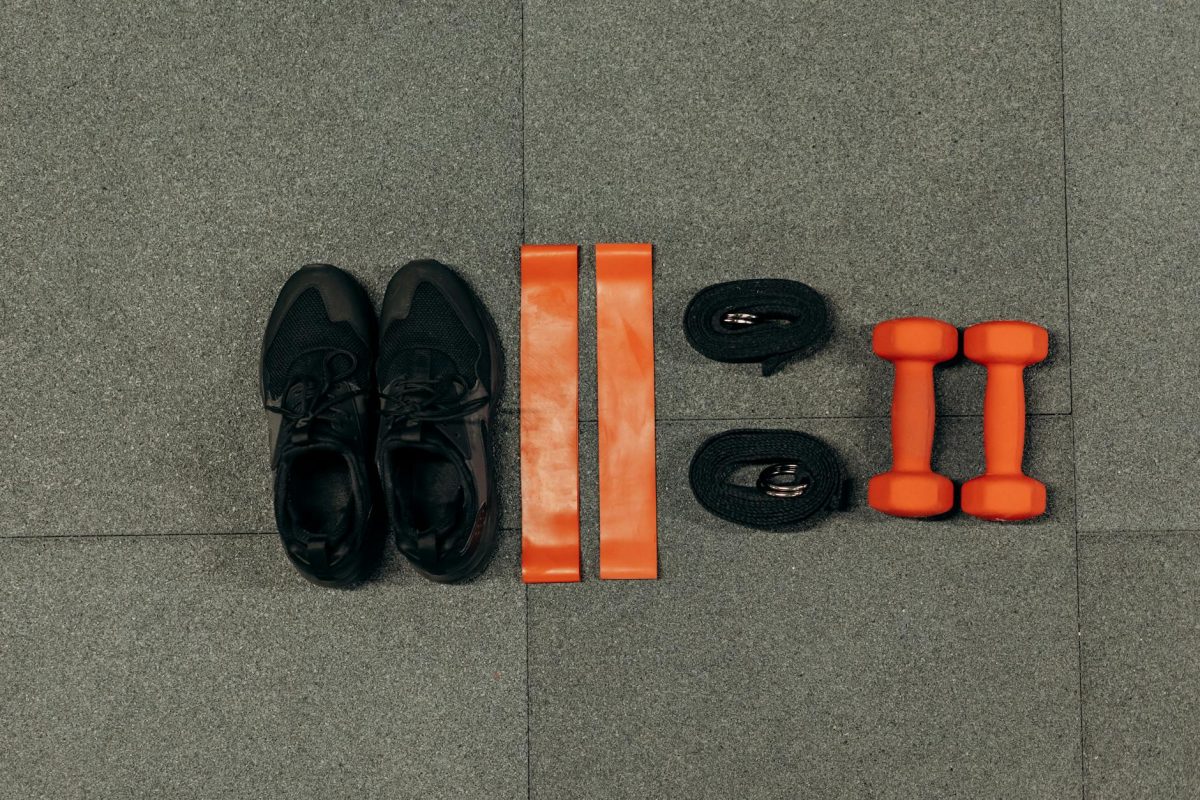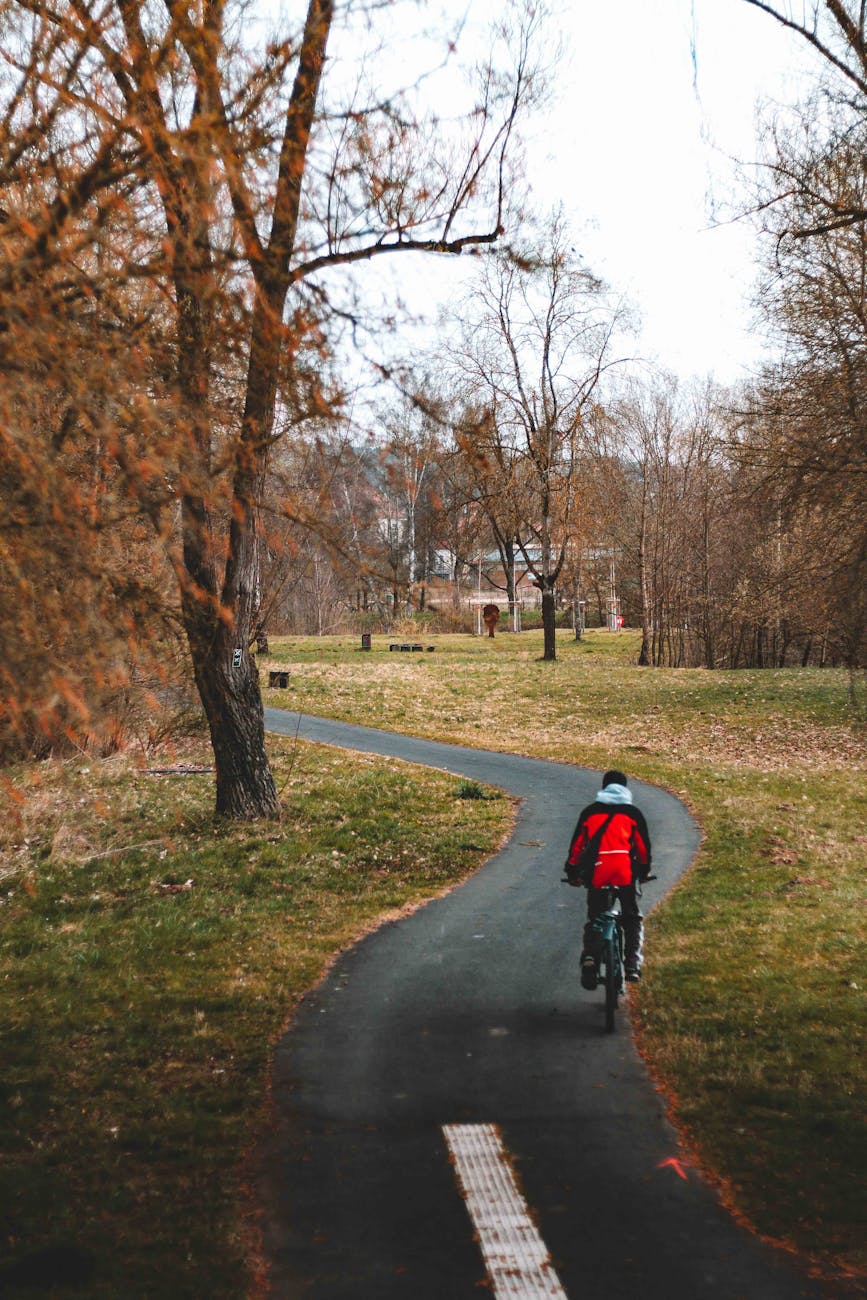Are you looking to enhance your cycling experience and make lasting memories on two wheels? Group bike riding is the perfect way to enjoy the open road with friends, family, or like-minded enthusiasts. Planning a group ride can seem daunting at first, but with some strategic steps and coordination, you can effortlessly organize memorable rides that everyone will enjoy.
Benefits of Group Bike Riding
Group bike riding offers a multitude of benefits that solo cycling cannot match. Riding in a group provides camaraderie, motivation, and safety, making it a more enjoyable and engaging experience. Whether you are a seasoned cyclist or a beginner, group rides offer opportunities for socialization, skill improvement, and exploration of new routes and destinations.
Choosing the Right Route
The key to planning a successful group bike ride is selecting the right route that caters to all participants’ skill levels and interests. Consider the distance, terrain, and difficulty level of the route to ensure that everyone can comfortably participate. Factor in rest points, scenic viewpoints, and places of interest along the way to make the ride engaging and enjoyable for all riders.
Setting the Pace
One of the essential aspects of group bike riding is setting a suitable pace that accommodates all participants. Communicate with the group beforehand to determine the average speed and riding style to ensure that no one is left behind or feeling overwhelmed. Riding at a moderate pace allows everyone to stick together, enjoy the ride, and maintain a steady rhythm throughout the journey.
Safety First
Safety should always be a top priority when organizing a group bike ride. Before setting off, ensure that all participants have the necessary safety gear, including helmets, reflective clothing, and lights for low-light conditions. Brief the group on basic hand signals, traffic rules, and group riding etiquette to promote a safe and smooth ride for everyone. In case of emergencies, designate a ride leader and a sweeper to provide assistance and support when needed.
Post-Ride Socializing
The fun doesn’t have to end when the ride is over. Plan for some post-ride socializing to foster a sense of community and camaraderie among the group members. Whether it’s grabbing a bite to eat, enjoying a coffee together, or simply sharing stories from the ride, post-ride gatherings are a great way to connect with fellow riders and build lasting friendships.
Conclusion
Group bike riding is a fantastic way to make cycling more enjoyable, social, and memorable. By following these tips for effortless planning and coordination, you can organize group rides that leave a lasting impression on all participants. So gather your friends, dust off your bikes, and embark on an adventure-filled journey together – because the best rides are the ones shared with others.

